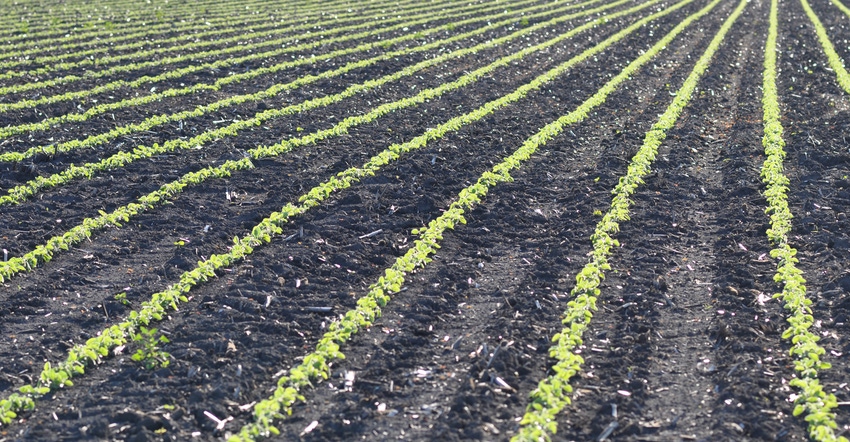August 15, 2017

By Seth Baker
What are the benefits to adding drainage tile to farmland? Think better yields, more timely field work and higher land values. It is easy to prove higher yields using yield maps and scale tickets, and more timely field work should be noticeable to the farm operator. However, proving the increase in value can be more difficult.
From an appraiser’s perspective, there is clearly a difference in value due to drainage. A poorly drained farm can bring significantly less than a well-drained farm with the same soils. Drainage concerns are noted by inspecting visually and reviewing historical aerial photography. Using the historical information, an appraiser can determine a discount based on the severity of the drainage issues compared to comparable sales in the area.
What about new tile? Adding a $1,000-per-acre patterned tile system does not guarantee an increase in land value of $1,000 per acre. As appraisers like to say, cost does not equal value. If the drainage is only minimally improved by the new tile, the increase in value could also be minimal. However, if the drainage is significantly improved, the added value could be well above the money invested. Improved drainage can result in increased values of up to $2,500 per acre.
Appraisers view farmland through the eyes of the most likely potential buyers. When a buyer is willing to pay more, that value will be reflected in an appraisal of the property. Buyers want proof that the new tile is functioning properly and has improved the drainage before paying more for the land. There are two ways to turn your tile investment into higher land values: higher cash rent or proof from aerial photography.
The best evidence
The quickest way to increase the value of a newly tiled farm is to increase the cash rent level. Timely field work and increased yields should allow for higher cash rents. Potential investor-buyers are looking at return when determining what to pay for a farm; therefore, higher rents lead to higher values. At a 3% return, a $30-per-acre rent increase can result in an increased value of $1,000 per acre.
While rent levels can help, aerial photographs are the best evidence of improved drainage from the perspective of potential buyers. Proof from aerial photographs takes time. There will likely need to be a couple of “wet springs” to show the improvement of the drainage. That could happen the first couple of years or it could take 10 years, depending on the weather. The difference in drainage can usually be noted by comparing neighboring farms before and after the tile was installed.
While adding tile to farmland does add value, it can take time to prove the added value to potential buyers. Fortunately, most landowners add tile with the intention of keeping the land for years to come. By the time the land does sell, there should be significant evidence to show added value. However, you will be less likely to recoup your investment if there is a need to sell the farm right away. With proof of improved drainage, tile improvements can improve values by 10% to 20% over time. Drainage tile is a long-term improvement and should be treated as an investment.
Baker is a certified appraiser and owns Field Level Agriculture, Mount Zion. He is a member of the Illinois Society of Professional Farm Managers and Rural Appraisers, whose members regularly contribute to this column. Email farm management questions to Carroll Merry at [email protected].
You May Also Like




